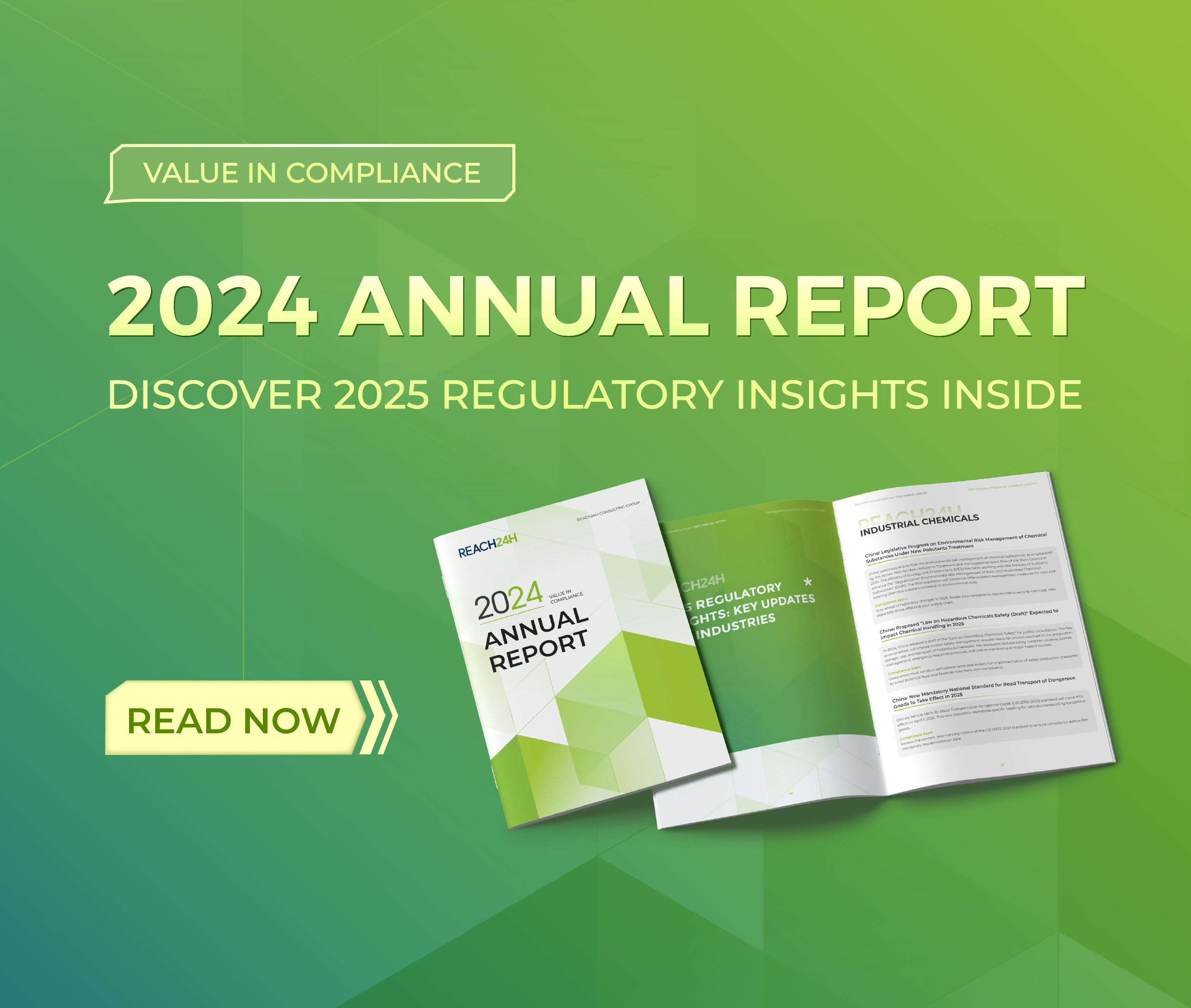EPA Releases Draft Biological Evaluations for Bicyclopyrone and Benzovindiflupyr
On September 27, 2024, the U.S. Environmental Protection Agency (EPA) released two draft biological evaluations (BEs) assessing the potential effects of bicyclopyrone and benzovindiflupyr on federally endangered and threatened species and their critical habitats. These evaluations are part of the EPA’s efforts to comply with the Endangered Species Act (ESA) and address legal challenges. The draft BEs are open for public comment for 60 days.
Background on Bicyclopyrone and Benzovindiflupyr
Bicyclopyrone
Bicyclopyrone is an herbicide used to control broadleaf and some grass weeds in crops such as:
- Corn, wheat, and barley.
- Specialty crops like lemongrass, rosemary, sweet potato, and strawberry.
Benzovindiflupyr
Benzovindiflupyr is a fungicide applied to crops including:
- Canola, cereals, soybeans, and sugarcane.
- Non-food uses on turf and ornamentals.
Legal Background
In 2015-2016, environmental groups sued the EPA for failing to assess the impacts of registering certain pesticides on endangered species and critical habitats. A 2022 court agreement required the EPA to publish final BEs for bicyclopyrone and benzovindiflupyr by September 2025.
Draft Biological Evaluations: Key Findings
The EPA evaluated the impacts of these pesticides on 1,725 listed species and 944 critical habitats across the U.S.
Findings for Bicyclopyrone
- No Effect: 450 species (26%) and 551 habitats (58%).
- Not Likely to Adversely Affect (NLAA): 57 species (3%) and 22 habitats (2%).
- Likely to Adversely Affect (LAA):
- 1,095 species (63%) and 163 habitats (17%) without jeopardy/adverse modification.
- 123 species (7%) and 208 habitats (22%) with jeopardy/adverse modification.
Findings for Benzovindiflupyr
- No Effect: 219 species (13%) and 236 habitats (25%).
- NLAA: 186 species (10%) and 190 habitats (20%).
- LAA:
- 1,115 species (65%) and 431 habitats (46%) without jeopardy/adverse modification.
- 206 species (12%) and 87 habitats (9%) with jeopardy/adverse modification.
Public Comment and Next Steps
The draft BEs for bicyclopyrone and benzovindiflupyr are open for public comment until the deadline on regulations.gov under the following dockets:
- Bicyclopyrone: EPA-HQ-OPP-2024-0457.
- Benzovindiflupyr: EPA-HQ-OPP-2024-0458.
Following the public comment period:
- The EPA will revise the draft BEs based on feedback.
- Final BEs will be issued by September 2025.
- Formal consultations with the U.S. Fish and Wildlife Service and National Marine Fisheries Service will be initiated if necessary.
Implications of the Draft Evaluations
The draft BEs highlight the potential adverse effects of these pesticides on endangered species and critical habitats. The determinations include:
- Likely adverse effects (LAA) on individual species.
- Refined analyses predicting possible impacts on population survival (jeopardy) or habitat modifications.
These findings underscore the EPA’s commitment to assessing the ecological impacts of pesticide use and ensuring compliance with ESA requirements.
How REACH24H Supports Pesticide Compliance
Navigating the complexities of pesticide registration and compliance requires expertise. REACH24H provides regulatory support to help businesses:
- Prepare comprehensive pesticide registration applications.
- Conduct environmental risk assessments.
- Stay updated with regulatory developments under the ESA and FIFRA.
Contact us to ensure your business remains compliant while safeguarding biodiversity.


